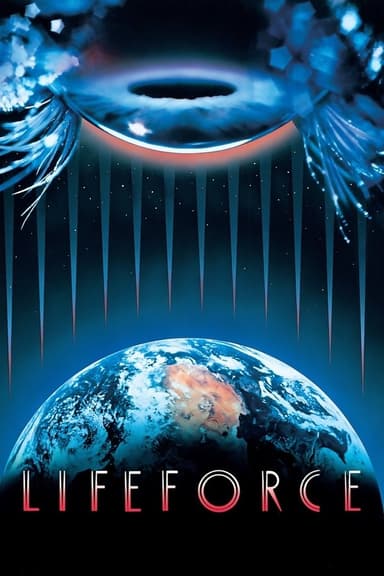
Body Snatchers
1993 • Horror, Science Fiction • R
When Environmental Protection Agency inspector Steve Malone travels to a remote military base in order to check for toxic materials, he brings his family along for the ride. After arriving at the base, his teenage daughter Marti befriends Jean Platt, daughter of the base's commander, General Platt. When people at the base begin acting strangely, Marti becomes convinced that they are slowly being replaced by plant-like aliens.
Runtime: 1h 27m
Why you should read the novel
Before you press play on Body Snatchers (1993), experience Jack Finney’s original novel, The Body Snatchers. Finney’s crisp, economical prose builds dread with elegant precision, turning a simple small-town mystery into unforgettable, mounting paranoia.
Reading the novel lets you inhabit the characters’ minds and fears in ways no camera can. The book’s intimate perspective, textured sense of place, and subtle humor deepen the horror by making every shift in trust feel personal and earned.
If you love classic science fiction that still feels fresh, start where every adaptation began. Compare editions, highlight favorite passages, and savor the slow-burn suspense—then watch the film to see how the story evolved on screen.
Adaptation differences
Setting and protagonist shift: Finney’s novel follows Dr. Miles Bennell in a close-knit California town, where normalcy frays street by street. The 1993 film relocates the invasion to a claustrophobic U.S. Army base and centers on teenager Marti Malone, reframing the story through family dynamics, chain-of-command pressure, and institutional conformity.
Tone and texture: The book is a quietly sinister, character-driven thriller that escalates through whispers, glances, and social unease. Abel Ferrara’s adaptation leans into visceral body horror, harsher imagery, and a relentlessly menacing atmosphere, trading the novel’s sly, humanist wit for a darker, more nihilistic edge.
Mythology and mechanics: Finney emphasizes an eerie, ecological logic—seed-born doubles replicate people and the originals deteriorate, with chilling limitations that shape the aliens’ long-term strategy. The 1993 film keeps the sleep-vulnerability concept but foregrounds gooey, tendril-driven transformations and adds environmental and military angles, changing how the takeover feels and spreads.
Theme and ending contrasts: The novel balances cosmic dread with a surprisingly hopeful resolution grounded in human ingenuity and communal bonds. The film pushes toward bleaker ambiguity, stressing systemic complicity and the fragility of identity under institutional pressure. These choices alter the emotional takeaway—from wary optimism on the page to a grim, haunting aftertaste on screen.
Body Snatchers inspired from
The Body Snatchers
by Jack Finney













